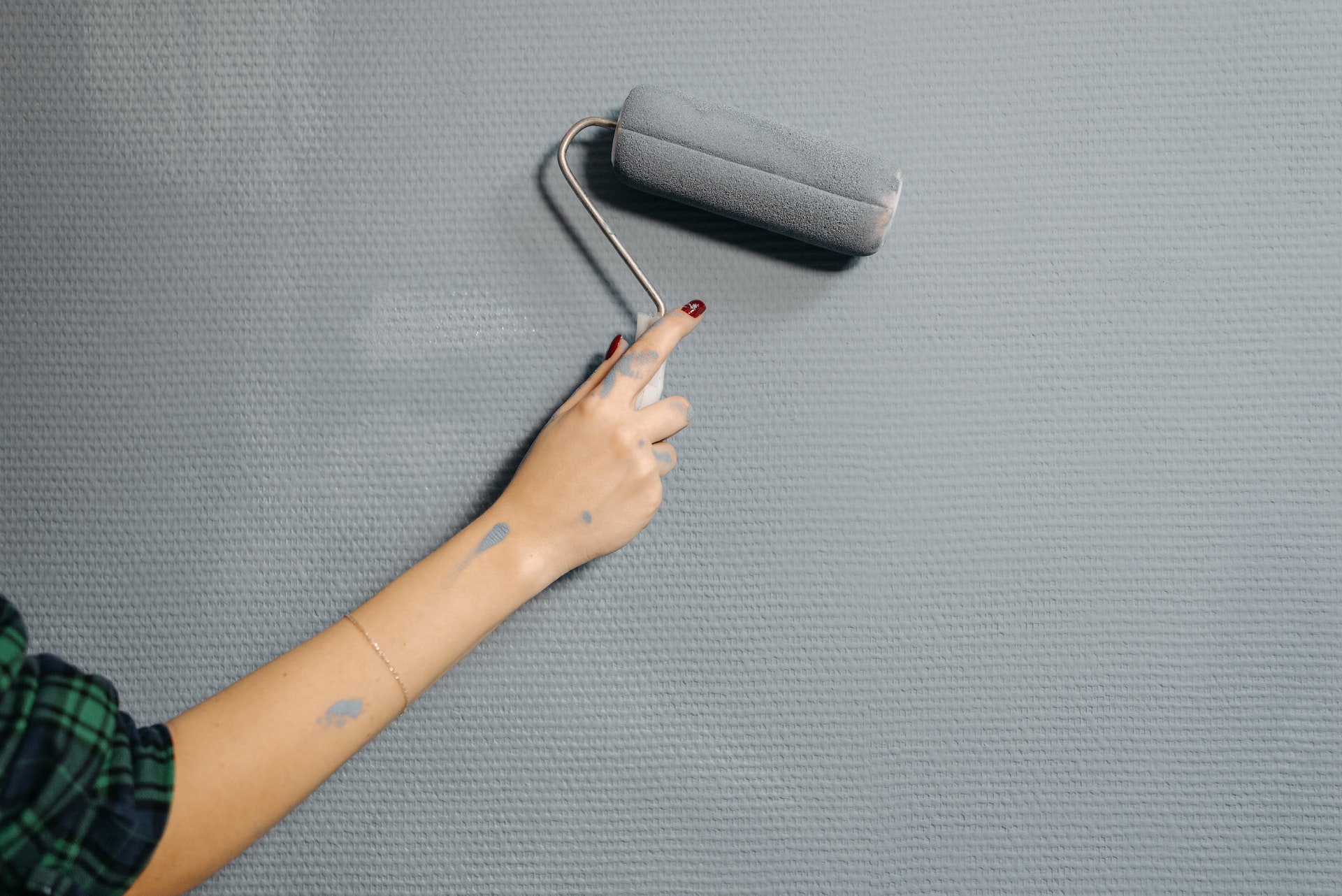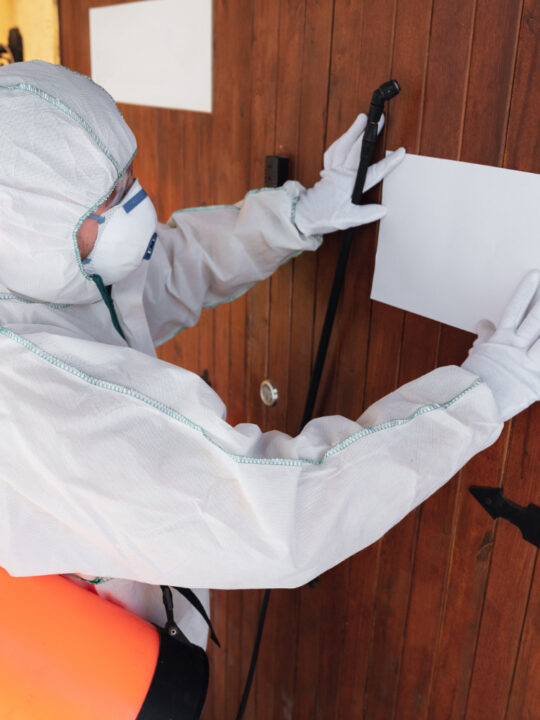 There are several interior painting tips that you should know. These tips will help you prepare your surfaces before you begin painting. They include using a sash brush, the importance of using primer, and a low-stick adhesive.
There are several interior painting tips that you should know. These tips will help you prepare your surfaces before you begin painting. They include using a sash brush, the importance of using primer, and a low-stick adhesive.
Table of Contents
Preparation
Preparation is the key to getting a flawless interior painting finish Whether you’re planning to repaint your kitchen or bathroom, you can do some simple things to ensure a smooth finish. First, you should make sure surfaces are clean. Oils and stains can cling to surfaces, making it hard for paint to adhere to them. For this reason, it’s essential to thoroughly clean any characters in the home with a degreaser and a household cleaner before painting. Then, you should allow the surfaces to air dry.
While interior painting is easy, it requires expert skills to get a high-quality paint job. As a result, many homeowners turn to professional painters at pacific coat painting to get the best results. A quality paint job can increase the value of your home and make it more comfortable. In addition, interior painting is a service that can be done for a fraction of the price of other home improvement services.
Using a primer
A primer is a product used under makeup to create a smooth, even surface. Different primers have moisturizing and skincare benefits, while others can minimize pores. They also create a clean base for makeup.
If your skin is oily, you should opt for a mattifying primer, while for dry skin should choose a hydrating one. These contain hyaluronic acid and glycerin, which improve the skin’s hydration. In addition, oily skin should choose oil primers, while dry skin can choose to smooth primers with silicone ingredients.
Using a low-stick adhesive
A low-stick adhesive is the best way to ensure a flawless finish when painting interiors. Blue tape is an excellent way to avoid this problem, but it should be applied liberally to all surfaces. In addition, use a putty knife to get a tight seal and prevent drips.
Low-stick painter’s tape is an excellent choice for small jobs, such as painting corners or other areas. It is highly durable, lasting 60 days to 2 months, making it a perfect choice for smaller projects.
Using a tack cloth
Preparing the surface is one of the most critical steps in creating a perfect paint job. This can be done using a tack cloth or vacuuming the room. However, a tack cloth can leave a sticky residue if misused.
To clean the tack cloth, you can place mineral spirits into a small glass or plastic container and soak a rag. Then, you can squeeze the excess mineral spirits out of the rag using a paper towel. Always use light pressure when pressing the cloth.
Using a roller
When painting the interior of your home, using a roller is one of the best ways to ensure a flawless finish. The fibers in roller covers help you create a smooth, even finish that won’t peel or stain. They’re also designed to resist shedding and dripping.
The first step in using a roller for an interior painting project is to ensure the roller is loaded with paint. The roller should be slightly inclined as you move it across the surface. Next, make sure the roller frame’s open side faces the part of the wall you’re painting. This way, you’ll apply consistent pressure to the roller.







